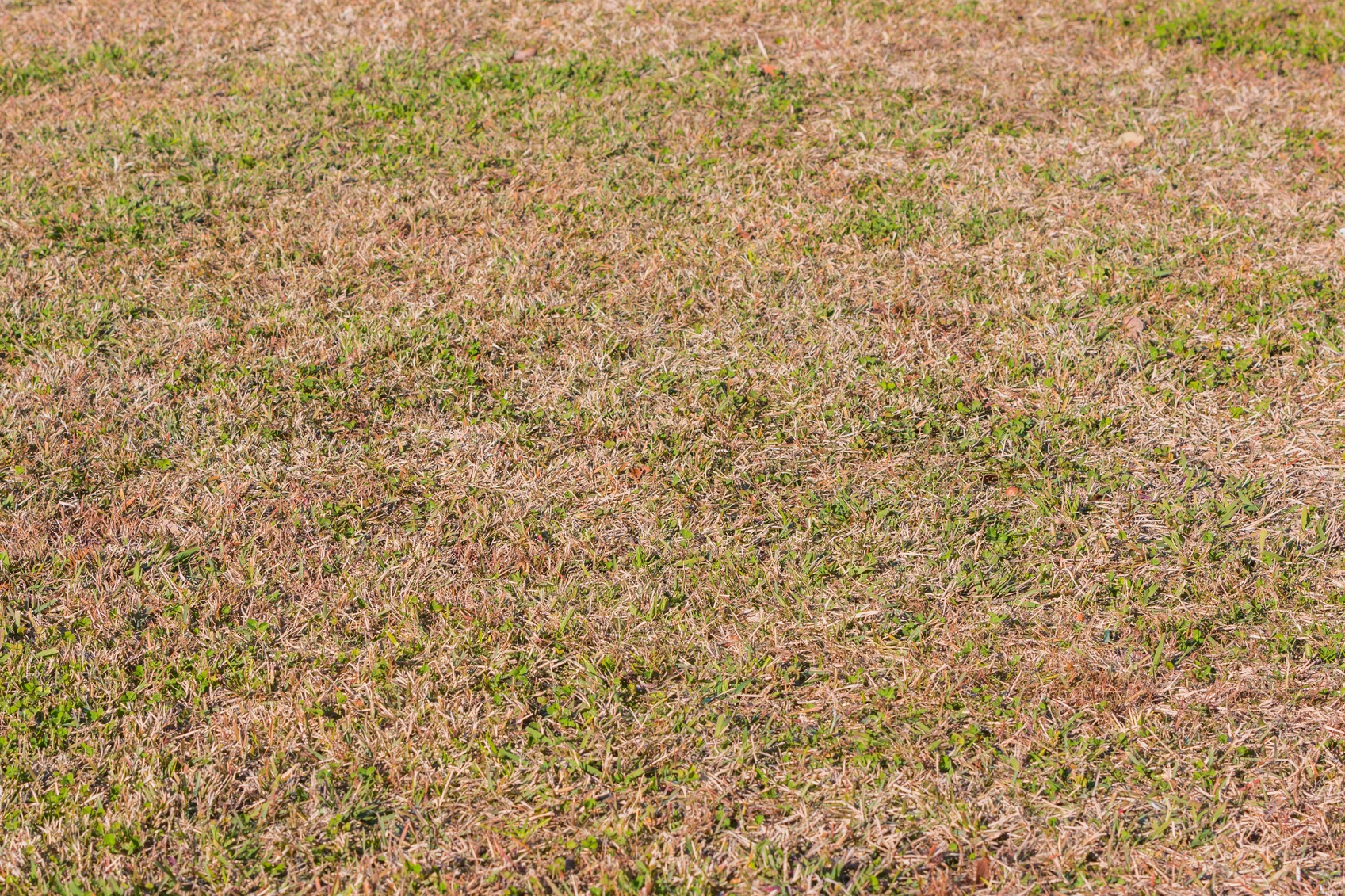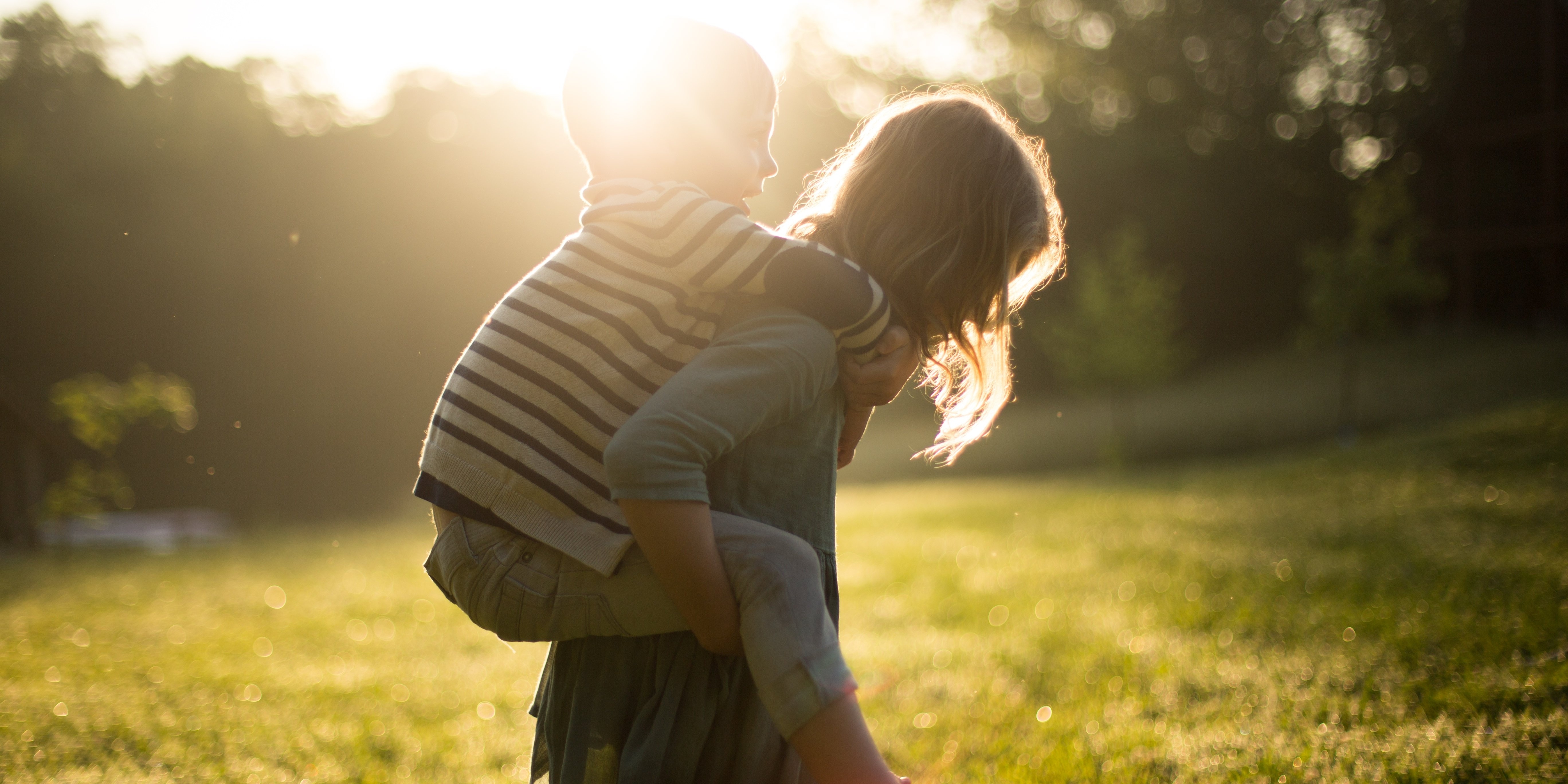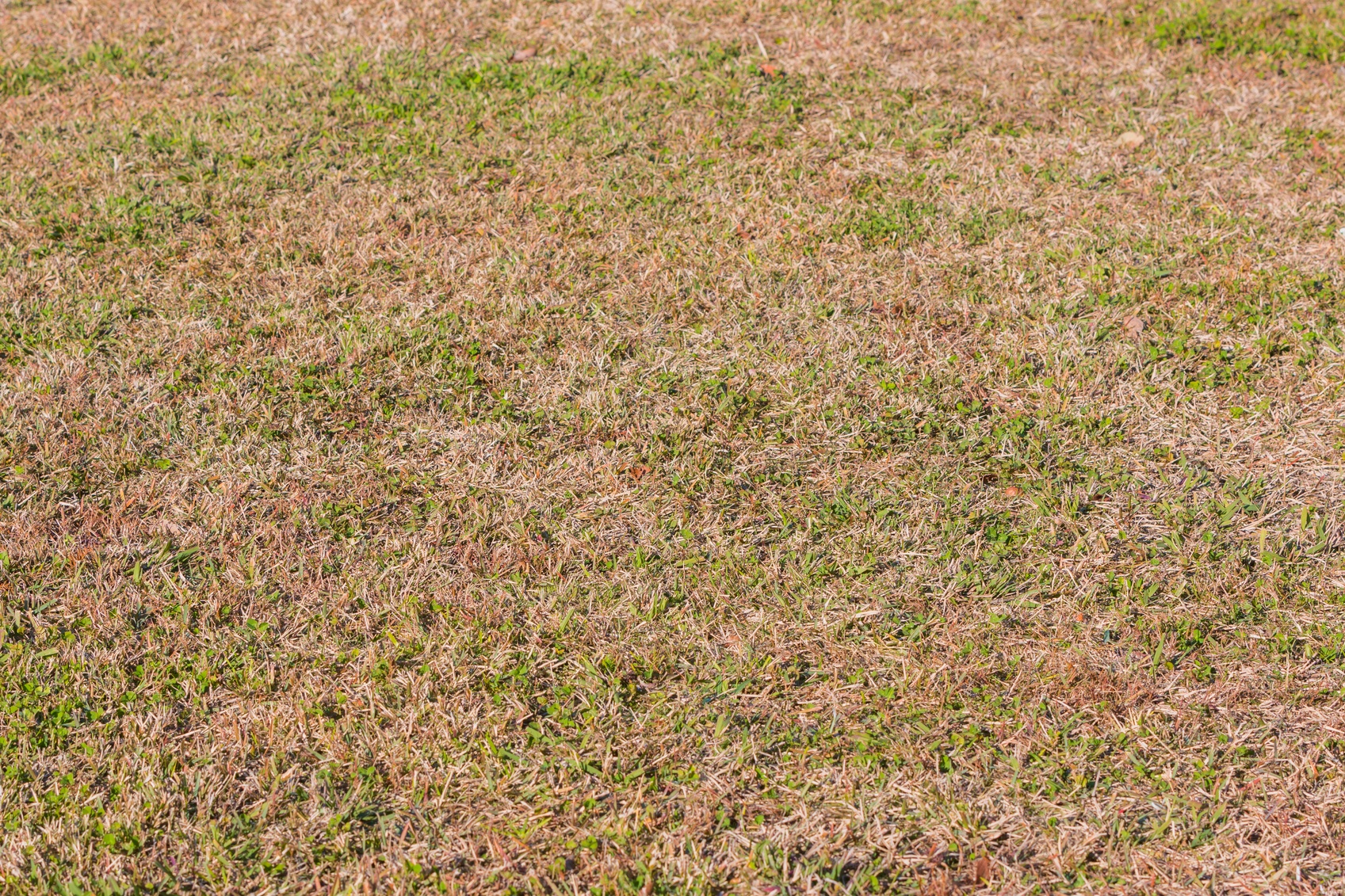
In hot and dry weather, homeowners across Canada start to wonder what is going on with their brown lawns. It's important to know that when lawns go brown in the summer due to lack of rain and high periods of heat, they are not dead - they are just dormant.
The grass plants may appear dead to the naked eye, but deep inside the plant there is a small area (called the crown) which is still alive. Once this crown gets rain again, it will come to life and the turf will usually green up in the following weeks.
Chin up, lawn-lovers! Help (and good times) are on the way.
Summer Lawn Dormancy
Remember, lawn dormancy can look much worse than it actually is. When a lawn is stressed from extreme heat or lack of water, the grass plant has a natural defense mechanism that kicks in to protect itself. In doing so, the lawn turns brown in colour conserving energy as though it may appear dead. The lawn can stay this way for several weeks and even months (depending on the grass species) before any permanent damage occurs.
Lawn dormancy is usually only temporary, and recovery naturally takes place as the stressful conditions lessen. Maintaining proper mowing and watering practices during stressful periods is important to limit any potential damage.

Heat and Drought Tolerance
Summer heat, drought stress, insect damage, and disease pressure can have a major impact on the health of a lawn. If stressors, prolonged exposure, and extreme conditions exist, both minor and major turf damage can occur leaving the lawn in need of repair.
Maintaining a lawn under the stress of extreme heat and prolonged periods of extensive drought can be very challenging. Each turfgrass species performs differently under these conditions and the tolerance can be drastically different from one species to another. Despite these differences, the underlying factor of drought and heat stress remain the same in that they both weaken the turf making it more easily injured or killed by other stressors, including chinch bugs, white grubs, or turfgrass diseases.
For more lawn care tips and tricks, follow us on Facebook or Pinterest.







